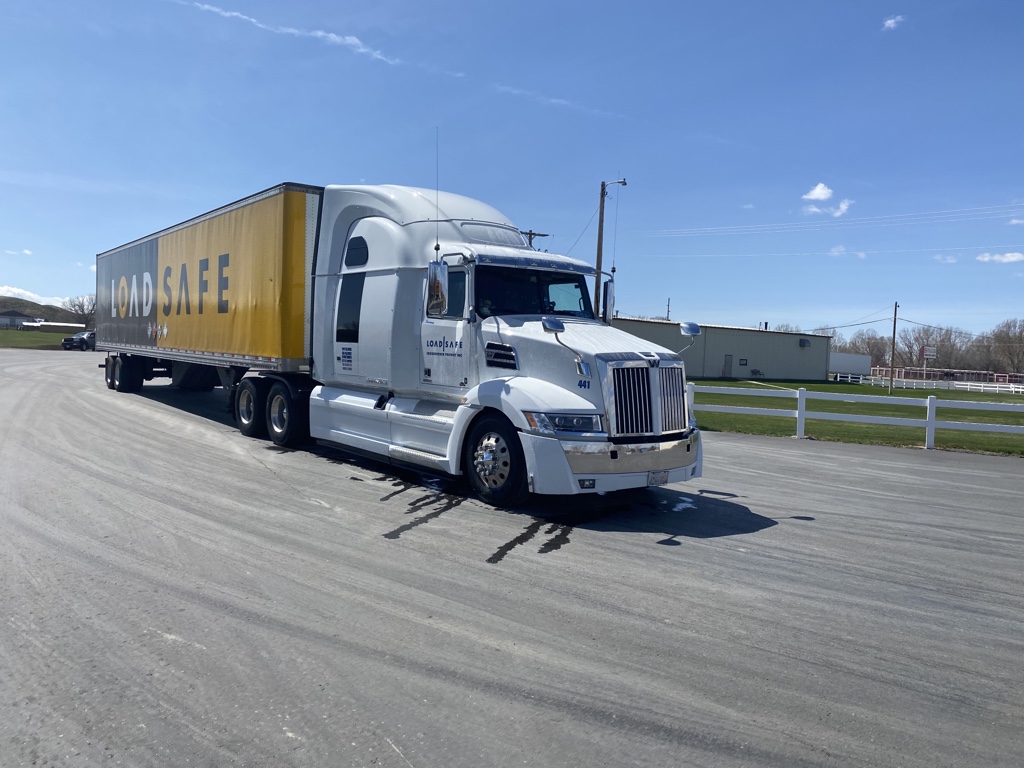Freight Claims and You

Freight claims are designed with the intention for the carrier to make up for a mishap in such a way that their position is as good as it would have been if the carrier had completed their tasks according to the bill of lading. Damage or loss claims aren’t something shippers and carriers really like to think about. The unfortunate truth, however, is that accidents do happen in the logistics industry. Knowing what’s involved in a freight claim before one occurs can help ease the process. After all, knowledge is power. This week we are going to take a look at different types of claims and what to keep in mind when filing for them.
Four Types
Not all claims are made the same, so it is important to know the differences between each type. In Canada and the US, there are four main classes of claims:
- Damage. This is the type of claim to file if your freight arrives at its destination visibly damaged. The damage must be noted on the proof of delivery document.
- Loss. If your freight doesn’t make it to its intended destination at all, you would file a “loss” claim. This can only occur if no proof of delivery is ever signed.
- Shortage. Shortages can be more complicated than the previous types. The most obvious example is if a portion of your shipment falls out or if something was incorrectly recorded on the bill of lading. Ultimately, a shortage is when only partial freight, based on the bill of lading, arrives at its destination.
- Concealed Damage or Shortage. The other claim types are easy to see and should be noted as soon as the shipment arrives at its destination. But what happens when you open the packaging after signing the proof of delivery to see concealed damage or a shortage? Luckily, this type of claim covers those situations.
How to File
Now that you know what types of claims are available to file, make sure to equip yourself with all the information you need to report a claim. Keeping accurate records and making claims in a timely manner will increase your chances of having them approved. This means ensuring information on the BOL is correct and checking your shipments right away. As soon as you see something is off, write down a detailed description of the problem. Specific quantities, values, net loss, and any other information you can include will be valuable in filing your claim. Then make sure to collect supporting documentation. This could include the original BOL, paid freight bill, proof of values, inspection reports, and more. At the end of the day, the more information you can include, the better.
Loss and damages to your shipments can be incredibly disruptive, but filing a claim can help you regain some of those losses. At Loadsafe Crossborder, we have a claim ratio of less than 1/10th of 1%. If a loss ever does occur, however, we won’t waste any time in getting your goods back on the road. We ensure your claims are dealt with quickly and fairly. For peace of mind wherever your shipments are headed, contact our team at Loadsafe Crossborder today!
